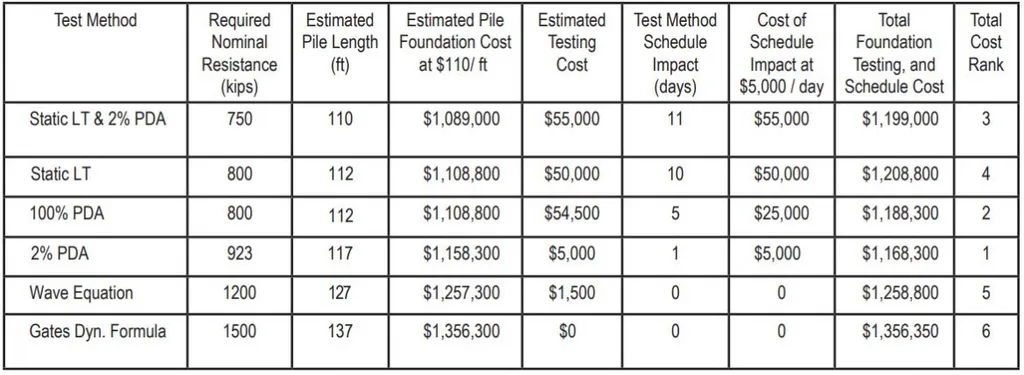In the ever-evolving landscape of construction and energy infrastructure, the humble pile foundation plays a critical role in supporting everything from towering wind turbines to sprawling oil and gas platforms. Yet, accurately predicting how these piles will behave under horizontal loads has long been a challenge, often requiring costly and time-consuming in situ sampling and load testing. But a groundbreaking study led by Yi He from the School of Intelligent Construction and Civil Engineering might just change the game.
He and his team have proposed a new method to evaluate the lateral bearing capacity of pile foundations using data from piezocone penetration tests (CPTU). This approach determines key parameters—undrained shear strength (su) and soil displacement at 50% of the maximum resistance (y50)—from measurements of cone tip resistance and excess pore water pressure. The results, published in the *Advances in Civil Engineering* (translated as *Advances in Civil Engineering Materials*), offer a more efficient and cost-effective way to assess pile performance.
The study involved load tests and finite element simulations on two drilled cast-in situ piles, comparing the predictive results with the traditional Matlock p-y curve approach. The findings were promising. “The CPTU-based method can accurately calculate the pile horizontal displacement, bending moment, and soil resistance under horizontal loads,” He explains. “The good match between the p-y curves obtained at various soil depths and the finite element simulation results validates the applicability of the proposed method.”
For the energy sector, the implications are significant. Offshore wind farms, oil rigs, and other energy infrastructure often rely on pile foundations to withstand immense horizontal forces. Traditional methods of assessing pile capacity can be prohibitively expensive and time-consuming, delaying projects and increasing costs. He’s method offers a more streamlined approach, reducing the need for extensive in situ testing and providing reliable data faster.
“This method provides an accurate and reliable way to obtain soil parameters, avoiding the high costs of in situ sampling and load testing,” He notes. The study’s outcomes could revolutionize how engineers evaluate pile bearing capacity, making the process more efficient and cost-effective.
As the energy sector continues to expand and innovate, the need for robust and reliable foundation solutions will only grow. He’s research offers a promising step forward, potentially shaping future developments in the field. By leveraging in situ testing technologies, engineers can make more informed decisions, ultimately leading to safer, more efficient, and more cost-effective energy infrastructure.

